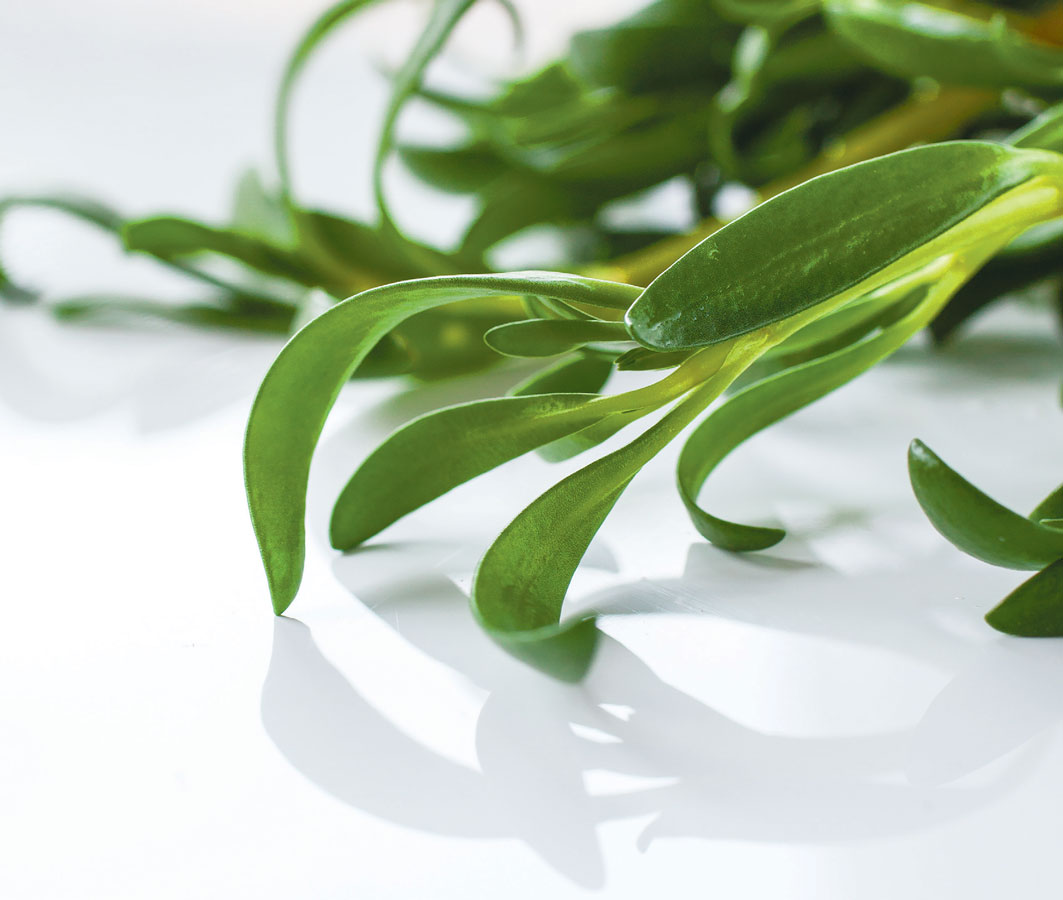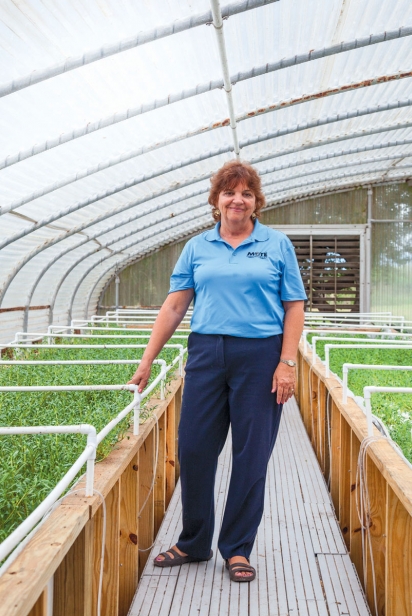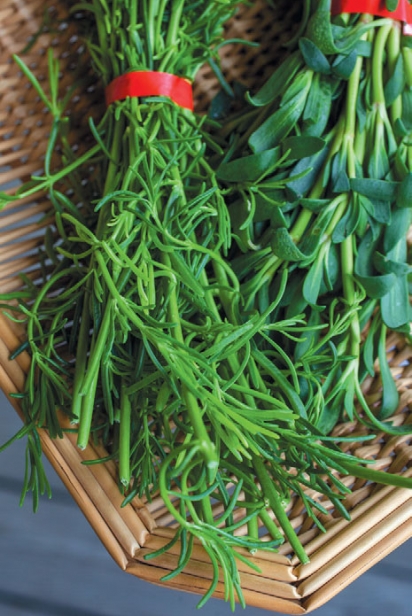Homegrown: Mote Marine Aquaponics
Kevan Main has recognized the potential for a seafood crisis in the U.S and is doing her best to alter that course.
“It is really important that we start to produce some of the seafood that we are eating,” says Main, PhD, a scientist with 30 years’ experience in aquaculture, and director of the Mote Aquaculture Park located on 200 acres east of I-75 in Sarasota County. “Ninety-one percent of the seafood we eat in this country is imported.”
Main and her team of Mote Marine Laboratory staff, students, and volunteers are conducting ongoing research in aquaculture, first devoting their attention locally to bringing aquaculture-derived products to the Sarasota market but with aspirations to share their technology on a national level.
“There really has been a lot of pushback against any kind of aquaculture,” says Main. “We have land-based catfish production, trout production in raceways, and tilapia production in ponds and tanks. But if we go through the food fish, we are almost done with what we do in this country.”
The aquaculture team at Mote is currently focused on a Florida Sea Grant–funded project in aquaponics—the marriage of aquaculture and hydroponic growing techniques— to raise fish and grow edible plants in a symbiotic, closed-loop system.
While the concept of aquaponics is not new, until now the focus has been on freshwater operations. But Main’s team has successfully added an important dimension to the mix: the ability to sustain in-land marine aquaponics focused specifically on saltwater fish and sea vegetables. And though traditional aquaponics is focused on the production of edible plant products with the fish viewed as a by-product of the process, Main is taking a different approach.
“I wanted to make it all about the fish and the plants were an additional product—not a by-product, but an additional one,” she says.
Recirculating technology combined with an additional level of filtration in Mote’s system allows them to sustain larger amounts of fish than a traditional system.
“The marine aquaponics is a simpler approach to recirculating technology than we normally use, and it’s more complex than traditional aquaponics,” explains Main.
The plants and fish are being reared in brackish water (Main refers to it as “halfstrength seawater”) and the system is extremely water-conscious.
“The marine work we are doing here it is 100 percent recycled,” says Main. “So, every drop of water that comes into the system has to be filtered and reused.” An on-site freshwater well is used to replenish any water lost to evaporation.
“In saltwater, it’s a whole lot more complex,” says Main. “The filtration is harder to do, the equipment harder to maintain.”
It all starts with three round, 872-gallon, black-bottom tanks containing redfish. The water from the tanks is moved and filtered to remove solid waste and break down harmful ammonia. The nutrient-rich water is then gravity fed through four “raceways”—42- foot-long by four-foot-wide raised planters with water flowing through the bottoms—of sea vegetables. Any nutrients the plants don’t use are filtered through a screen and fed back into the tanks. The solid waste (sludge) created during the filtration process is utilized as fertilizer for an additional on-site project growing wetland plants (currently mangroves).
The recirculating and filtering technology has also allowed Mote to work within the strict federal and environmental regulations Main considered a major cause of the delay in developing successful marine aquaponics systems in this country. Meeting these standards bears an additional cost to production.
“If you have to filter and clean all that water, then you are going to be spending more to produce the product than someone who is growing [fish] in another country and just sending that water out into the ocean,” Main says.
To support a market for aquaponics-produced fish, consumers must be willing to forego the idea that wholesale seafood should be cheap, and be willing to pay more for the socially responsible and sustainably produced option.
The system has the potential to grow many species of marine fish, but this particular phase of the project is focused on redfish, because of its hardy nature. And while there are currently plenty of market-size redfish in Mote’s tanks, before they make their way to fishmongers and restaurants around the Tampa Bay area they’ll be moved to a purging tank to eliminate any off-flavor compounds, which can give the fish a muddy taste (quite common of fish in recirculating systems). Main plans to begin to test market small numbers of red drum this summer. Since this is not a commercial operation, a limited supply of product will become available to the public for just three to six months.
Although Mote’s redfish have yet to hit your market, the sea purslane growing in the majority of the raceways has been offered since January, with success at the downtown farmers’ market and with some local chefs. The money from sale of the veggies and eventually the fish will continue to go back into project.
The current funding for the project ends in February, but Main is hopeful her requested funding will allow her team to fine-tune the technology and expand the local marketing side of the product.
“My vision is that you would have small farms—maybe one in Sarasota—but it’s focused on producing fish and vegetables for the local market and niche marketing it into places that want to highlight sustainable seafood,” says Main.
SEA PURSLANE
Even though it grows abundantly in Florida, wild harvest of the plant is discouraged due to its importance to coastline stabilization and until Mote’s aquaculture team came on the scene, you’d have been hard-pressed to find it in any local food markets. With a unique salty, peppery flavor and long shelf life when refrigerated, this sea vegetable is good raw or sautéed; to complement a salad or jazz up a stir-fry or grilled piece of fish or seafood.
► Find Mote’s sea purslane for purchase at Peter Burkard’s stand at the Sarasota Farmers’ Market downtown on Saturdays.
► Mote Marine Laboratory: 1600 Ken Thompson Pkwy, Sarasota; 941-388-4441; mote.org











